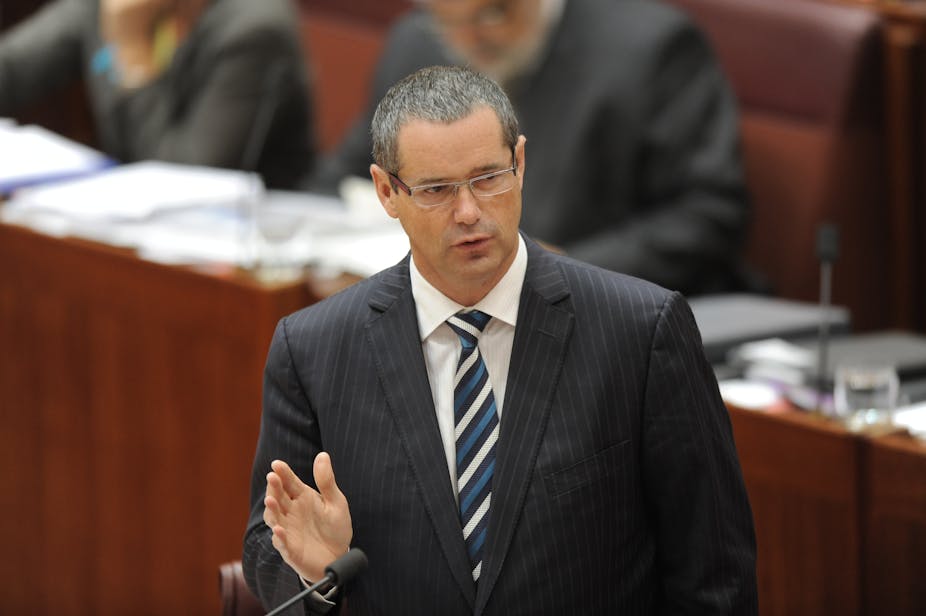The ongoing criticism in the major news media of Communication Minister Stephen Conroy’s very soft and watery proposed media reforms is predictable but still breathtaking.
Conroy’s proposals go nowhere near the recommendations of the Finkelstein Inquiry to introduce an independent News Media Standards Council; and nowhere near the more sweeping changes recommended by the Convergence Review to take Australian media law into a converged, forward-thinking era.
Instead, Conroy has – for the most part – bowed to early criticism and concern from media owners, CEOs, editors-in-chief and conservative commentators and opted for some tame options which sound purposeful but will deliver little.
Despite this, the roar about “Soviet-style” reforms, restrictions on freedom of speech, and government bureaucratic “tsars” running the media are deafening.
It is a great irony that one of the most important institutions in our society which exists to protect democracy – the news media – consistently sees itself as above scrutiny, requiring no monitoring except from within its own ranks.
Even Conroy is recognising this morning in a necessary defense of some of the reforms that there are no new rules, and that the proposed Public Interest Media Advocate (PIMA) will have no power to act against the press or journalists.
Well, why not?
Why shouldn’t an advocate representing the public and the public interest – supposedly at the heart of the news media’s raison d’etre – be able to impact upon the behaviour of journalists and editors when independent investigations indicate they are, indeed, acting against the public interest?
It should have that power in particular circumstances, especially when the behaviour of news organisations is not meeting the standards and levels of accountability required of such an important political and social institution.
The provision of independent statutory bodies to monitor such policies and positions exists in many parts of the democratic world (and in Australia), and have been proven time and again to be able to exist without government interference.
The key problem the media groups – and those currently dancing to their tune – have with something like a public interest media advocate is captured perfectly in the words of the Institute of Public Affairs’ James Paterson, writing for The Australian last night:
“Placing this power in the hands of a government regulator inevitably will insert political considerations into what should purely be a commercial decision-making process.”
And there you have it. News media are a business, they should be free to make commercial decisions in the best interests of their organisation’s commercial viability.
If that happens to conflict with the public interest, then, the public interest can go hang and no-one can say otherwise.
And they want to make sure that power is preserved. The media get a great deal of traction and kudos from being the “protector” of the public interest, the “watchdog” on government, the public’s only buffer between democracy and Soviet-style dictatorship – but heaven help anyone who dares suggest that their ability to fulfil this role should ever be interrogated.
And heaven help anyone who suggests that someone other than media proprietors and editors – who currently control the Australian Press Council and other self-regulatory bodies, and will continue to – should be the only ones to judge whether they’re doing a good job or not.
Conroy probably thought his reforms, in this election year, were the soft option and would attract minimal criticism. Overwhelmingly disappointing and weak compared to what they could have been, they are really the expected response from a government in a tenuous position.
What Conroy probably didn’t expect was the level of vitriol coming from the media, and the ability of phrases like “threats to freedom of speech”, “political censorship”, and “government-controlled media” to spread like wildfire through the numerous, homogenous news services we currently rely on.
As through history – from numerous media inquiries and Royal Commissions in Britain, Canada, the United States, Europe and Australia – any government who attempts to make the news media accountable to the public is thwarted, viciously.
And that is what we’re now seeing.

